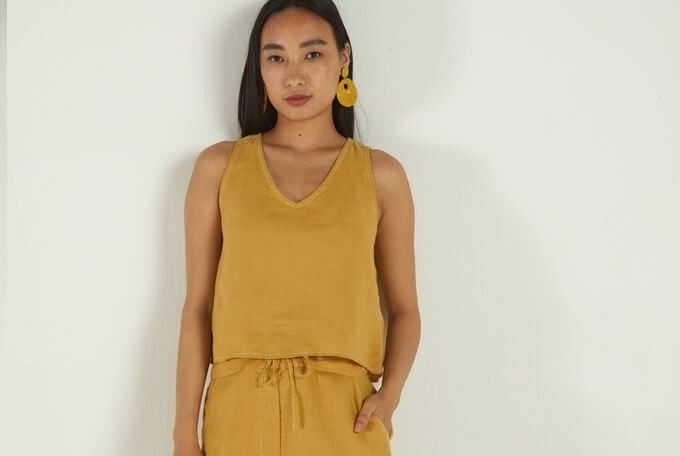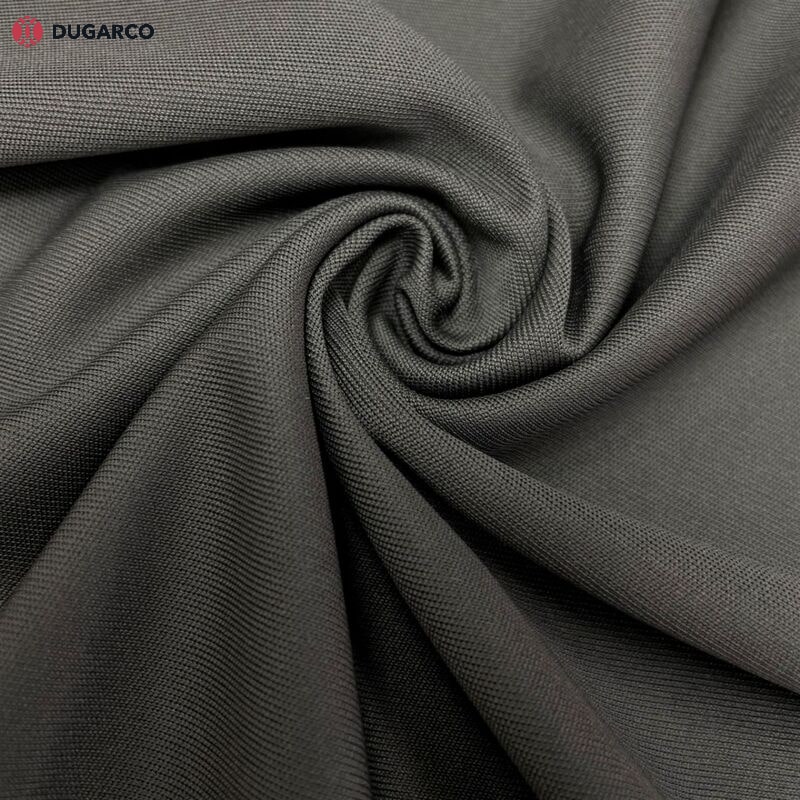Free Tips On Deciding On Bamboo Clothes
Wiki Article
What Are The Environmental Advantages Hemp Clothing With A Low Impact?
Low impact fiber hemp clothing has several environmental advantages when compared to clothes made of other materials. They include synthetic fibers, cotton, and traditional cotton. Here are some of the major environmental advantages of hemp clothing- Sustainable farmingThe hemp crop is sustainable. Hemp is a highly sustainable crop. Hemp grows quickly and requires less water, pesticides, and herbicides than many other crops. Hemp thrives in all climates and can adapt to various soil types, reducing the need for agricultural chemicals.
Reduced water consumptionReduced Water Usage Hemp typically uses significantly less water than conventional cotton, which is renowned for its heavy water consumption. It makes hemp clothes a more efficient choice in terms of water consumption.
Hemp can often be cultivated without synthetic pesticides, herbicides, or other chemicals. This reduces the environmental impact of chemical agriculture.
Soil Health- Hemp cultivation can improve soil health thanks to its deep root system, which can help prevent soil erosion and compaction. This can also make the soil fertile for future plantings.
Biodegradability Hemp fibers are biodegradable and break down in time. They help reduce the impact on the environment of textiles. In contrast, synthetic fibers like polyester are able to decompose in a matter of hundreds of years.
Lower Carbon Footprint: The production of hemp fibers generally has a lower carbon footprint than synthetic materials. In addition, hemp has the ability to absorb carbon dioxide during its growth and act as a carbon storage.
Hemp clothes are known to be durable and lasts for a long time. The best hemp clothing will last for years. This means you won't have to replace them as frequently and will reduce the amount of the amount of waste.
Hemp plants naturally resist numerous insects. They do not require chemical pest control.
Hemp is versatile, as it can be utilized in a myriad of textile applications including clothing, bags and other accessories. It's a renewable and fashionable textile.
Regenerative Agriculture: Some sustainable farming practices incorporate hemp into Regenerative systems that aim to enhance and restore ecosystems while also producing crop. This approach can have positive environmental impacts.
The overall sustainability of clothing is dependent on numerous factors including the dyeing process and transportation, as well as customer behaviour. Like any other industry, you can find various production methods and the standards. So, it's crucial to find organic hemp clothing or certified hemp clothing. This will provide the highest environmental benefits. Have a look at the top hemp clothing for more advice including womens hemp clothing, hemp bathing suit, afends jesse dress, hemp sportswear, afends jesse dress, hemp sweatpants, hemp pants womens, hemp cotton fabric, hemp shirts, patagonia island hemp pants and more.

What Are The Benefits Of Hemp Fibers With Regard To Carbon Sequestration?
Carbon Sequestration Hemp fibers offer numerous environmental benefits such as the sustainability of crops, crop rotation and carbon sequestration.
Hemp grows rapidly and matures within 70 to 120 days depending on the variety and conditions of growth. In order to speed up their growth, hemp plants absorb CO2 in the air during photosynthesis. The carbon absorption process can aid in the sequestration of carbon dioxide, reducing levels of CO2 in the atmosphere.
The high amount of biomass produced by hemp is well known. The tall stalks and dense leaves produce an enormous amount of organic matter. When mixed into the soil or utilized to make various products, could contribute to the accumulation of carbon.
Sustainability:
Hemp cultivation uses less synthetic pesticides. It also requires fewer herbicides. The natural resistance of hemp to numerous diseases, pests and weeds minimizes the need of chemical interventions. Organic hemp farming is a sustainable method of cultivating hemp since it doesn't rely on synthetic chemicals.
Hemp can be irrigated with little water, unlike water-intensive plants like conventional cotton. This makes it more durable in areas that are deprived of water resources.
The deep-rooted system of hemp can enhance the health of the soil. The roots of the plant reduce runoff from soil and also stabilize the soil's structure, thus preventing soil erosion. Hemp cultivation also improves soil fertility by increasing soil microbial activity.
Hemp is a great crop to include in rotational systems. Crop rotation refers to the process of switching between various crops in a single field. This helps break cycle of illness and pests, reduce depletion of soil and enhance soil structure. Hemp's contribution to rotational farming helps to sustain agricultural practices.
Crop Rotation
Hemp is a diversified crop which can be utilized in rotation with grains, vegetables, and legumes. This variety helps farmers to maintain their soil health, lower the risk of crop-specific pests and diseases, as well as promote an even nutrient cycle.
The hemp's roots are deep and penetrate soil and aerate it, reducing compacting and increasing the amount of water that is absorbed. After hemp, better soil structure will benefit subsequent crops.
In summary, hemp fibres enhance the storage of carbon, sustainability and cultivation practices because of their rapid expansion and production of biomass. They also require less chemicals, have an efficient use of water, and are compatible with crop rotating systems. This makes hemp farming an environmentally sustainable farming practice. The fibers that are produced are environmentally friendly and ideal for use in textiles and many other applications. Have a look at the recommended hemp clothing examples for blog examples including hemp jeans mens, hemp shorts patagonia, hemp clothing womens, hemp shirts, hemp shirts, hemp clothing for men, hemp jeans mens, patagonia iron forge pants, hemp tee shirts, hemp jeans and more.

What are the major differences between bamboo and hemp fibers?
The two fibers from plants, hemp and Bamboo are used in textile production Each has its distinct characteristics and properties. Here are the major distinctions between hemp and bamboo fibers. Plant Source-
Hemp Fibers- Hemp fibers are obtained from hemp stalks, more specifically the outer bast. Hemp is a multi-faceted and quickly growing plant, has been used throughout the ages in various ways.
Bamboo Fibers- Bamboo fibers are made from the pulp. Bamboo is grass that is fast growing and is known for its sustainability.
2. Fiber Characteristics
Hemp- Hemp fibres are known to be strong and long-lasting. These are the strongest of all the natural fibers. Each time they wash them, they soften and more flexible, making them ideal for textiles that last a long period of.
Bamboo- Bamboo fibres are silky soft with a smooth texture. Although they aren't as durable as hemp fibers, and are more delicate in some cases however their suppleness to the skin is highly appreciated.
3. Texture and Feel
Hemp- Hemp has a somewhat coarse texture, particularly in its natural form. It's comfortable, but the texture is different from bamboo.
Bamboo- Bamboo material is soft, smooth, and silky. It's described as having a soft, silky, and cottony texture. It is extremely comfortable.
4. Breathability is crucial in addition to moisture wicking.
Hemp- Hemp fibers are naturally breathable and moisture-wicking, allowing to circulate air and absorb moisture. They will keep you cool and dry during hot weather.
Bamboo fibers are also able to remove moisture and are highly air-tight. Micro-gaps increase the capacity of bamboo fibers to regulate humidity and temperatures, making you feel in a comfortable position no matter what the conditions.
5. Environmental Impact-
Hemp- Hemp is considered an eco-friendly fiber because of its low water consumption quick growth rate, rapid growth, and resistance to pests. This reduces the need for pesticides as well as herbicides. It is also able to sequester carbon during its growing process.
Bamboo is known for being sustainable. It is fast growing, requires minimal water, and is a breeze to cultivate without pesticides that are synthetic. Some bamboo varieties, like Moso bamboo, are very sustainable.
6. Processing-
Hemp- Hemp fibers require intensive processing to separate outer bast fibers and the woody core. Processing may include retting or decortication.
Bamboo The bamboo fibers are usually obtained through a chemical process known as the rayon or viscose process. It uses chemicals to break down bamboo fiber. Although this can cause environmental concerns if it is not managed responsibly, some bamboo textiles utilize closed loop systems to minimize chemical waste.
7. Versatility-
Hemp- Hemp fibers are multi-functional and are utilized in a variety of applications, including clothing, textiles, paper, building materials, and much more.
Bamboo Fibers- Bamboo fibres are utilized predominantly in clothing and textiles, but they can also be seen in other products like bedding and towels.
Both hemps and bamboos offer benefits in terms of sustainability and unique characteristics. Your decision will depend on your preferences for the environment, and also what you want in terms of particular properties and qualities. View the best bamboo clothes for site tips including cotton bamboo pajamas, bamboo trousers mens, ladies bamboo t shirts, bamboo chafing shorts, bamboo dress shirt, mens bamboo clothing, bamboo clothing brand, ladies bamboo tops, clothes made from bamboo fiber, clothes made from bamboo and more.
